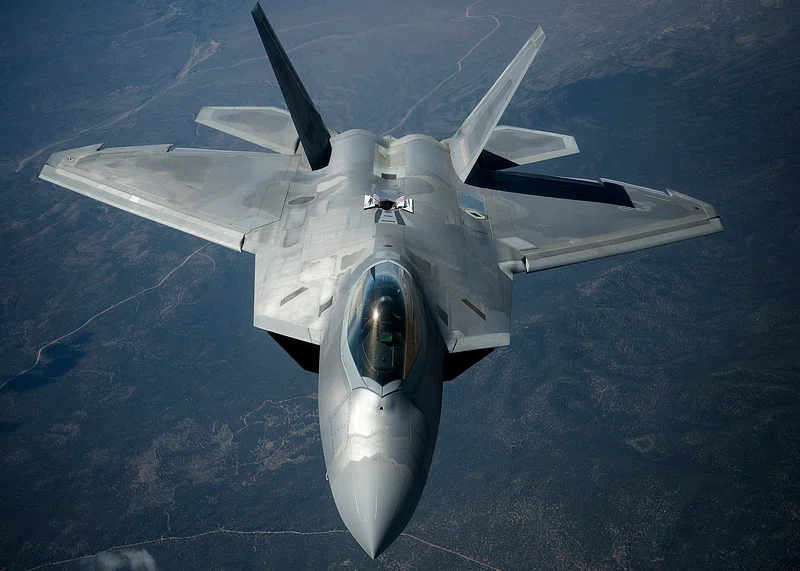
Stealth is not a cloak of invisibility; it is the art of being unfindable. That rule has motivated generations of aerospace ingenuity, from the faceted panels of the initial operational stealth jet to the smooth curves of modern bombers that defy the radar. The global competition for dominance in achieving low observability has never been fiercer in 2025.
America still dominates the area but Chinese, Russian, Turkish, Indian, and Korean rivals are or will be flying or building their own designs. Those planes are not merely engineering miracles they are strategic instruments that change the power equation. Each of these planes represents a distinct combination of shaping, of the type of materials employed, and of the integration of the subsystems designed to counter the entire array of detection technologies.
From pioneering legends to next-generation prototypes, here are the ten stealthiest aircraft in the world ranked by their radar cross-section, infrared suppression, acoustic discretion, and operational record.

1. B-21 Raider – The Pinnacle of Stealth Next
In prototype testing, the Northrop Grumman B-21 Raider has stealth capabilities that will even exceed the B-2 Spirit’s level of radar evasion. Its streamlined flying wing configuration reduces the number of vertical surfaces to zero, and new-generation radar-absorbing materials bounce or absorb incoming radiation. Its analysts project its radar cross-section will be a mere 0.0001 m² or less, effectively undetectable.
The stealth of the Raider exceeds the radar. Built-in engines and contoured exhaust nozzles reduce infrared signatures to a minimum, while Low Probability of Intercept communications reduce exposure to electronics. Its survivability and range, according to the Hudson Institute estimates, might allow it to “linger deep inland” over enemy terrain and keep strategic objectives in risk without being detected. Its ultimate operational debut will redefine long-range strike capabilities.
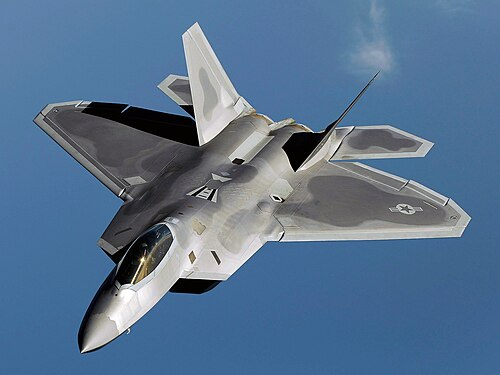
2. F-22 Raptor – The Apex of Air Dominance
The Lockheed Martin F-22 Raptor remains the stealth benchmark of fighters. Its front-facing radar cross-section is approximately 0.0001 m² aided by precise edge alignment, continuous curves, and sloping panel junctions called saw-toothed. Radar-absorbing materials are employed where shaping alone cannot bury seams but are minimized for weight reasons.
Its canopy has a thin metal covering to reflect the radar before it gets to the cockpit, which hides the pilot and avionics. Its double Pratt & Whitney F119 engines that have thrust vectoring are hidden way back in the fuselage, covering both the radar and heat signatures. and low observability renders the F-22 very hard to see head-on during air-to-air conditions.
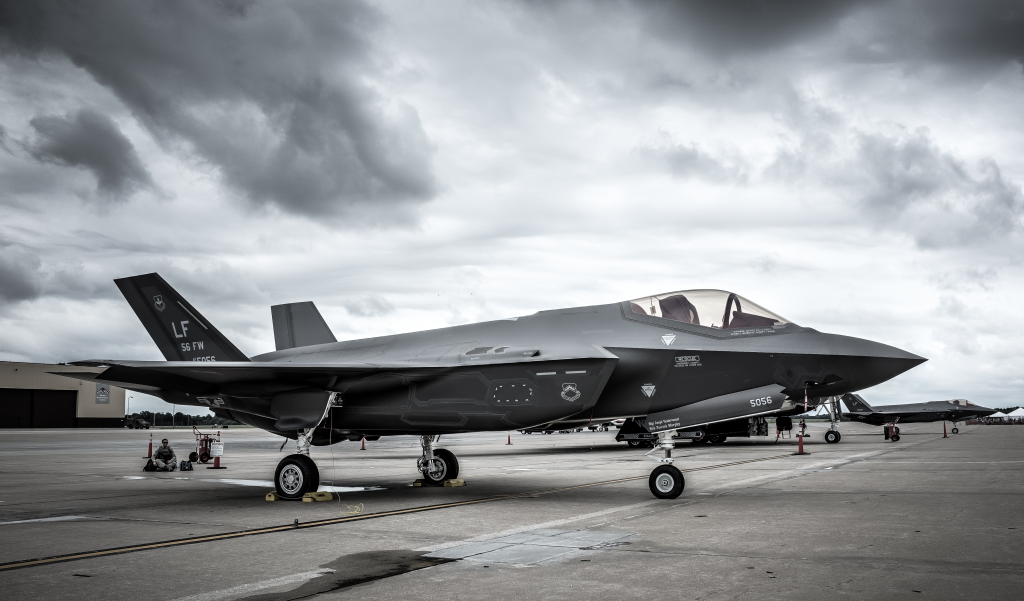
3. F-35 Lightning II – Multirole Stealth at Scale
The most covert operational multi-role fighter is the F-35, whose estimated radar cross-section is 0.0015 m² from the majority of angles. Its blended wing-body configuration, internal weapons bays, and radar-absorbent paint enable it to enter defended skies for day-one strikes.
While less stealthy from the rear profile, its networked sensors and agility have made the F-35 a centerpiece of allied air power. Powered by the Pratt & Whitney F135 powerplant, it enjoys the combination of low observability and high-end ISR that lets it work as a strike platform and a battlefield center for intelligence.

4. B-2 Spirit – A Preeminent Flying Wing Ahead of Its Time
The B-2 Spirit’s initial entry into service in the 1990s brought a bomber that would show up on a radar screen as a bird-shaped object. Its flying wing configuration, recessed engines, and snake-like intakes reduce its signature against both radar and infrared. Frontal Radar Cross-section has been estimated to be as low as 0.0001 m².
Operational history underscores its impact: from 30-hour missions in Kosovo to precision strikes in Iraq, Afghanistan, and Libya. The B-2 can carry 40,000 pounds of ordnance, including nuclear weapons and the GBU-57 Massive Ordnance Penetrator, while remaining undetected in heavily defended airspace.

5. F-117 Nighthawk – The Pioneer of Stealth
Introduced in 1983, the F-117 was the first operational stealth aircraft, built around flat, angular panels derived from Soviet radar reflection theory. It carried all weapons internally and used deep-set engines with shielded exhausts to reduce both radar and heat signatures.
Its fighting history in Desert Storm and Kosovo verified the effectiveness of stealth technology, albeit that later developments in air defenses later revealed its weaknesses. Although it has been retired in 2008, reports indicate a few are as the airplane that transformed air fighting.
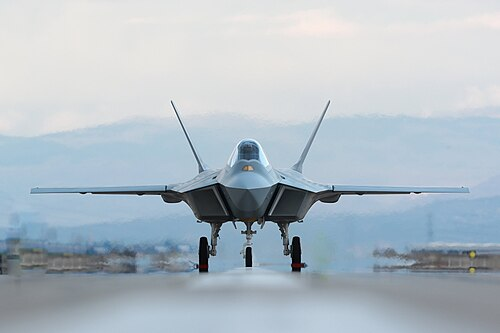
6. KAAN – Turkey’s Fifth-Generation Aspiration
First flighting in 2023, the Turkish Aerospace Industries KAAN is Ankara’s attempt for a locally designed stealth fighter. It will have stealth shaping, a large internal weapons compartment, and modern avionics, and will look for a level of radar cross-section performance that will match the F-35.
Success will depend on engine integration and utilization of high-quality radar-absorbent materials. If realized in its entirety, KAAN may offer Turkey a locally developed platform that can penetrate modern air defenses.

7. KF-21 Boramae – South Korea’s Stealth Development
The original KF-21 was a 4.5-generation external weapons carriage, but the upgrade to the KF-21EX gives it double internal bays, a smaller radar cross-section radome and improved electronic warfare capabilities. Future variants are foreseen by Korea Aerospace Industries to have a 0.1 m² RCS.
When accompanied by stealthy ‘loyal wingman’ drones, the KF-21EX will be for air defense suppression and for attacks against hardened North Korean targets. Its modular design permits progressive stealth upgrade while keeping the production that occurs within the country.

8. AMCA – Multirole Stealth Fighter of India
India’s Advanced Medium Combat Aircraft will have its first flight come the end of the 2020s. It will have internal weapons bays and will employ advanced radar-absorbent materials and stealth shaping for a near 0.01 m² RCS. It will have multirole mission capabilities.
If it is delivered as promised, the AMCA will represent India’s foray into the fifth-generation stealth world, providing both air superiority and strike missions versus current air defenses.

9. Su-57 Felon – Partial Stealth Fighter
The Russian Su-57 combines supermanoeuvrability with moderate stealth. Its 0.1 m² estimated frontal radar cross-section is mediocre by Western measures but slightly better than the sides and the rear. Radar-absorbent paint and internal carriage for the weapons are an upgrade relative to earlier Russian designs.
Recent reports suggest it has been used for testing stand-off weapons and for experimentation in new platform or system configurations like a missile-drone hybrid. Combat service could elevate its export appeal, while Western analysts are questioning its true low-observable qualities.
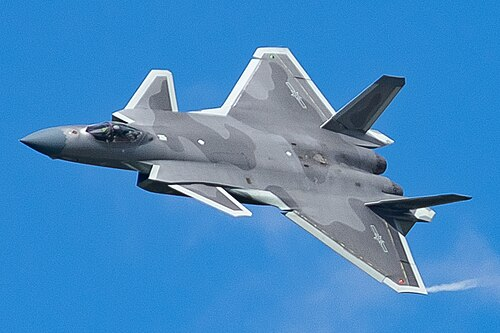
10. Chengdu J-20 – Chinese Stealth flagship
The Chinese J-20 went into service in 2017, providing Beijing its initial operational fifth-generation fighter. Its canard-delta configuration and extensive radar-absorbent paint are effective in front stealth but are more visible from the sides and rear. Its estimated RCS lies between 0.05 and 0.8 m². Powered by the WS-15 engine presently, the J-20 will have the capability of supercruise and long-range carriage for the PL-15 missile. Internal carriage for the large air-to-ground bombs isn’t provided, limiting the strike role when compared to Western multirole stealth fighters. Stealth planes are more than technical demonstrations they are also tools of strategy, deterrence, and power projection.
The platforms themselves are the state of the art today, and they strike a balance between low observability and mission requirements. As the technology of detection improves, so will the stealth science of being unseen so that the competition between stealth and radar remains near the pinnacle of the aerospace state of the art.


